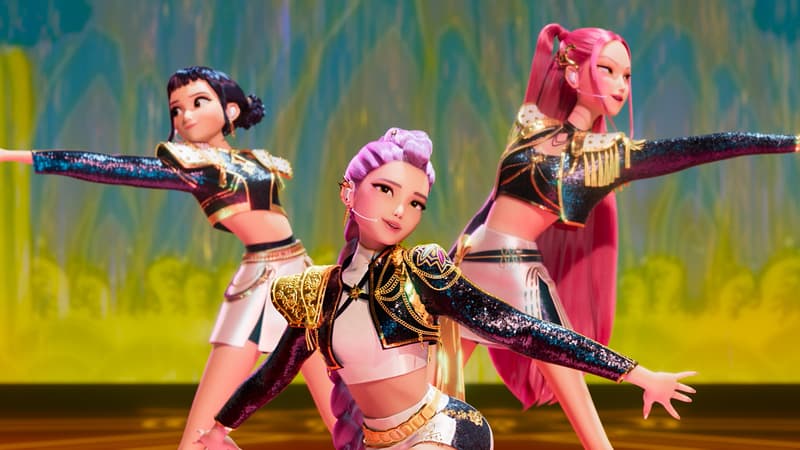The phenomenal success of the animated film. KPop Demon HuntersThe most viewed feature film in the history of Netflix with 344 million views since its premiere at the end of June, marks another step in the dissemination of South Korean culture around the world, they welcome its two co-directors.
“There was a lot of doubt in South Korea about whether it was really a Korean product, because the film was made by an American studio, in this case Sony Pictures,” co-director Maggie Kang explained during a meeting with AFP this week in Paris. “But for me, yes, totally, because everything happened because of us (Maggie Kang and Chris Appelhans) and I happen to be Korean.”
Maggie Kang was born in Seoul, but grew up and spent most of her life in Canada, although she often returned to her native country with which she maintained a strong connection.
With 344 million views according to the latest figures reported by Netflix, it is the first time that a product originating in South Korean culture, but manufactured outside the country and in the English language, enjoys such success, a sign of the cultural influence of this Asian country.
Not American-Korean
KPop Demon Hunters It follows a K-pop group whose three singers are also demon hunters who secretly protect the Earth. Through their music and the energy of their fans, they fuel the magical barrier responsible for imprisoning evil souls in a separate universe. The trio must also face the Saja Boys, a competing group made up of handsome boys who vampirize the enthusiasm of the public to destroy the barrier between the two worlds.
The film’s creators worked with one of K-pop’s biggest labels, The Black Label, to create catchy hits, including Goldenat the top of the American charts for weeks. The songs on the soundtrack are among the most listened to on platforms since the film’s premiere.
“We were a little worried about whether the K-pop community would accept the characters in the movie as a real group, but it happened almost immediately,” Maggie Kang explained.
The film combines several elements of South Korean culture, integrating references to the country’s fashion, gastronomy and folklore. “We had Korean voices at every level (of the film), whether it was writing the story, the animation, the lighting, the composition, and everyone contributed to the authenticity, not just me,” insisted Maggie Kang, who claims to tell a Korean story and not a Korean-American one.
Source: BFM TV


